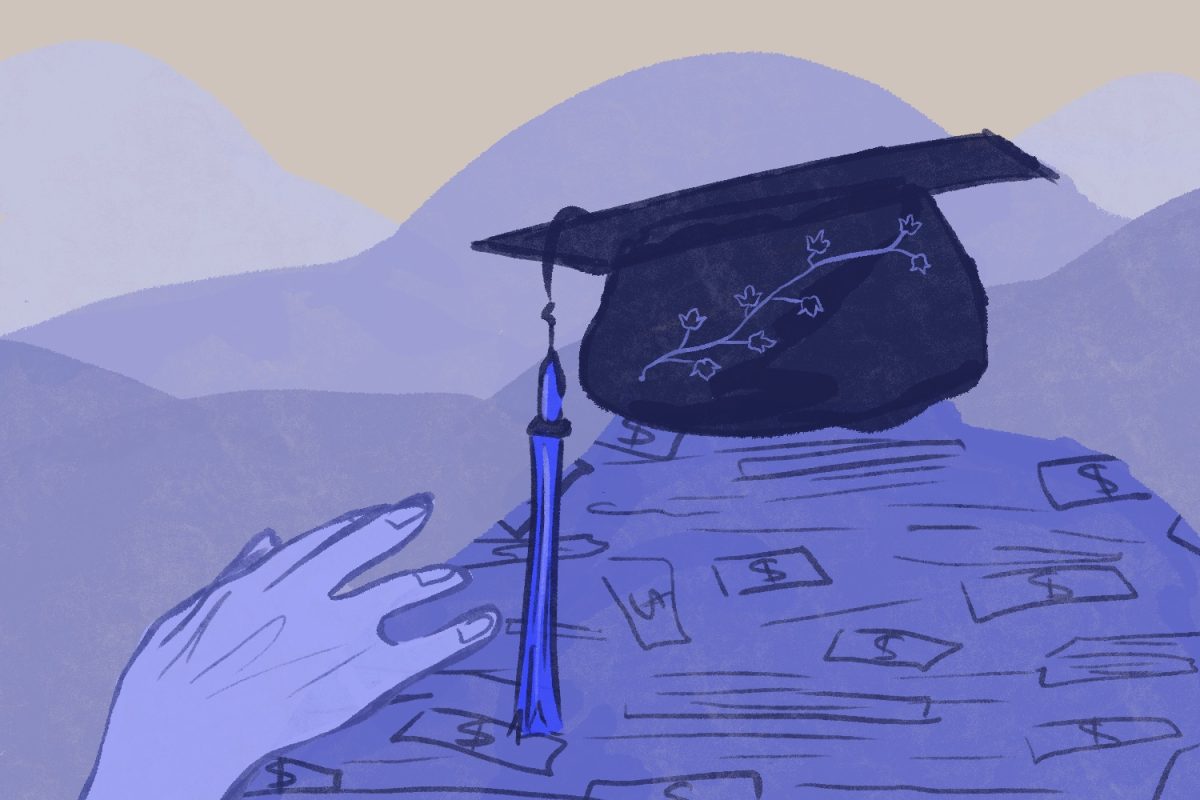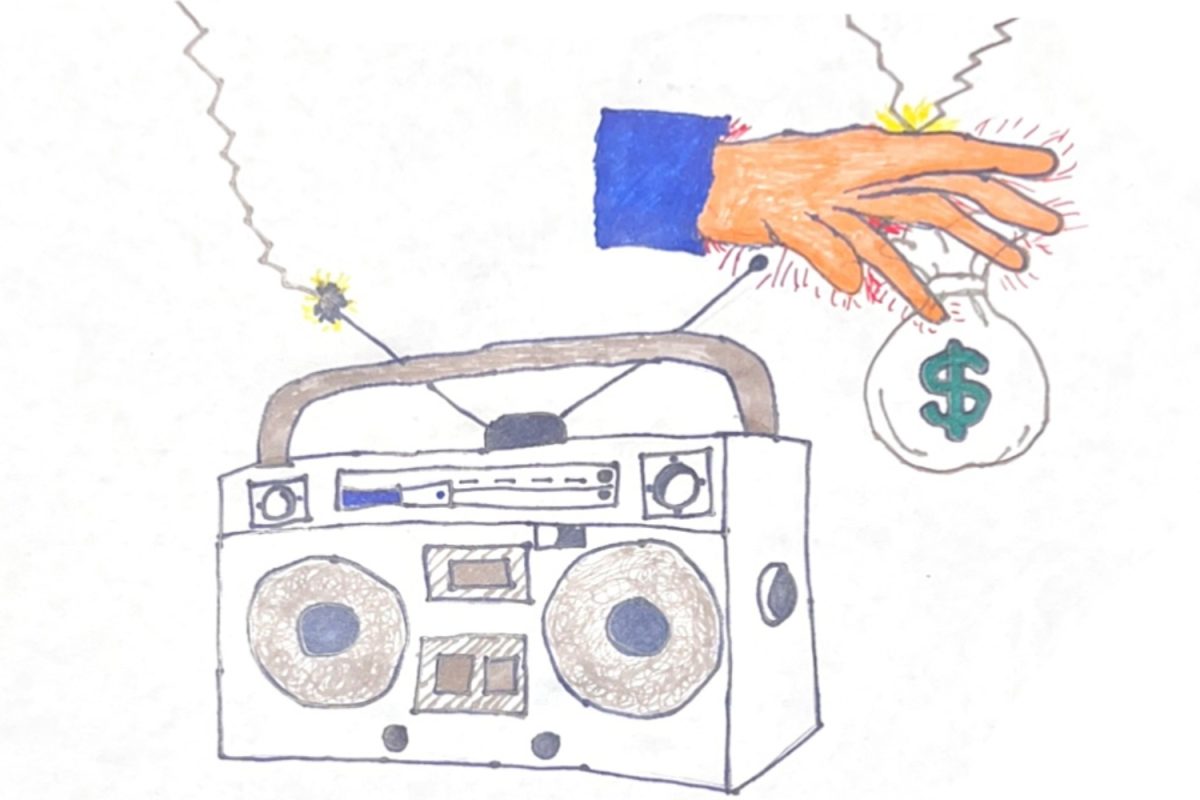Many students aspire to attend an Ivy League University, but low acceptance rates and high tuition costs often discourage students. Yet, achieving an Ivy League education is worth the challenge.
Receiving acceptance into an Ivy League University is a top goal of many students, leading thousands to apply to them each year.
High tuition fees are commonly associated with prestigious private universities like Ivy League Universities. According to Fortune, annual tuition fees for Ivy League Schools range from $76,000 to $85,000.
However these high costs are often curved by financial aid and scholarships. According to U.S. News & World Report, the average annual cost to attend an Ivy League university after financial aid is $23,234, whereas the average yearly cost for non-Ivy League universities is $32,000.
A high tuition cost is also often a worthy investment due to the immense benefits achieved through higher education. According to the National Center for Education Statistics (NCES), the median annual earnings for those whose highest degree of education was high school was $41,800 in 2022. Comparatively, the median annual earnings for those with a bachelor’s degree was $66,600 in 2022. This shows that achieving a higher education significantly impacts success and is an important goal to aspire to despite some financial drawbacks.
Furthermore, attending an Ivy League over another four-year university offers many economic benefits. According to Fortune, Ivy League graduates make 46% more straight out of college. Non-Ivy League graduates had an average beginner’s salary of $58,643, whereas their Ivy League counterparts had an average salary of $86,025.
Attending an Ivy League university also offers unique networking and recognition opportunities. According to the U.S. News & World Report, students at Ivy League Universities tend to have access to influential people and major companies that other students at less reputable universities may not have access to. These networking opportunities benefit many students, as they may be offered positions and opportunities and may be favored by professionals when interviewing for a job or internship.
Ivy League universities also boast impressive alums; for example, 38 Nobel Peace Prize winners and 48 Pulitzer Prize winners are among Harvard’s alums, according to Times Higher Education. This showcases the rigor and intelligence of students at Ivy League universities, which could benefit many, as being surrounded by ambitious and competitive peers can increase one’s motivation and drive, according to IZA.
Prestigious universities are also becoming more accessible to many, as new actions have been taken to increase the socioeconomic diversity at top Universities. For example, Gov. Gavin Newsom banned legacy and donor preferences in private college admissions on Sept. 30, increasing socioeconomic diversity in many of California’s most prestigious universities, including Stanford the the California Institute of Technology.
An Ivy League education has its drawbacks, yet it is still an important goal for students to aspire to achieve due to the exceptional opportunities and privileges its students are offered.
*This editorial reflects the views of the Editorial Board and was written by Linda Reeder. The Editorial Board voted 3 in agreement, 6 somewhat in agreement, 3 in disagreement, and 2 refrained from voting.













